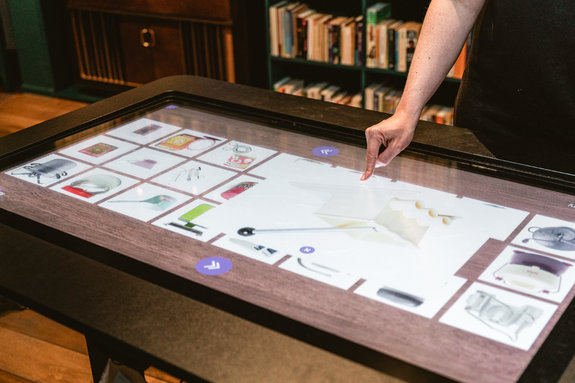The House of Alijn wants to be a museum that welcomes everyone. We therefore make our building and our services as accessible as possible.
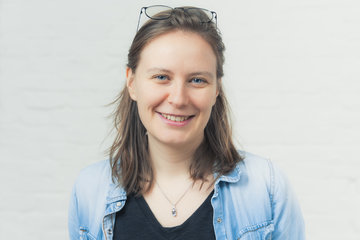
Do you have any questions or feedback about the accessibility of the museum? Or would you like to plan a customised visit?
Please contact Liesa Rutsaert, the museum’s accessibility officer, at Liesa.Rutsaert@stad.gent or at 09 235 38 00.
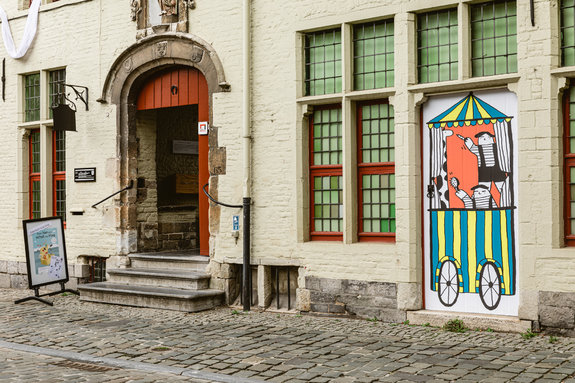
The museum is located in a historical building that is not completely accessible yet to people with limited mobility. As there are no lifts in the building, the upper floors are not accessible to all wheelchair users.
There are adapted sanitary facilities. Ask a museum employee for more information.
Alijn’s dream
We are dreaming of a renovated house that is accessible to everyone. After having carried out a feasibility study, with accessibility as one of the most important parameters, we will start drawing up a masterplan to realise the renovation or alteration of the building in the future.
Quiet moments to visit the museum are Monday morning and every day an hour before closing time.
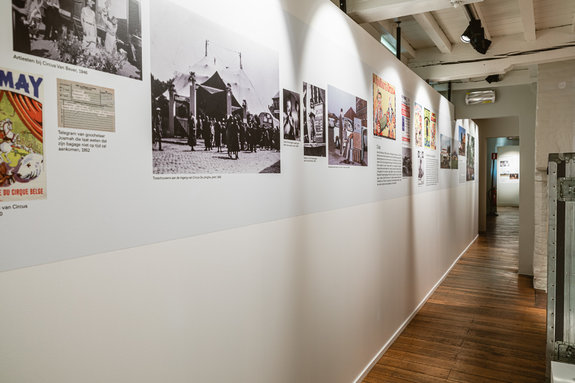
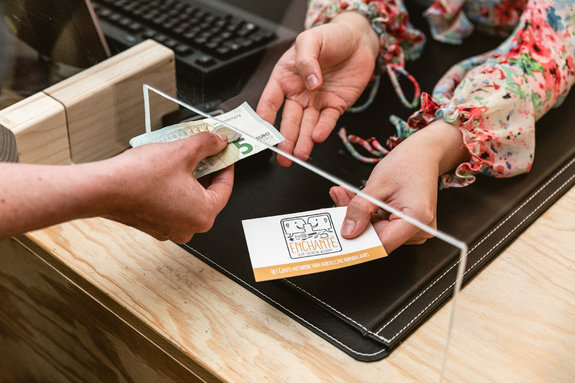
You can consult and download the floor plan of the museum beforehand. You can see the entire museum with indications of the museum rooms, practical info and signs.
Per room you can download the museum texts in pdf format, without lay-out. You can do this beforehand or at the museum, with free Wi-Fi.
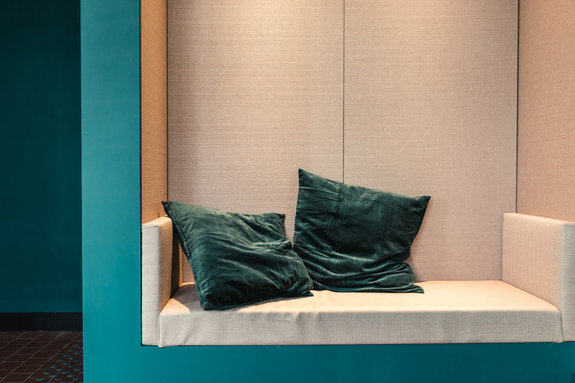
For visitors who have difficulty walking or who need to rest along the way, portable museum chairs are available.
In the main exhibition on the first floor, a relax area has been installed to sit down for a while.
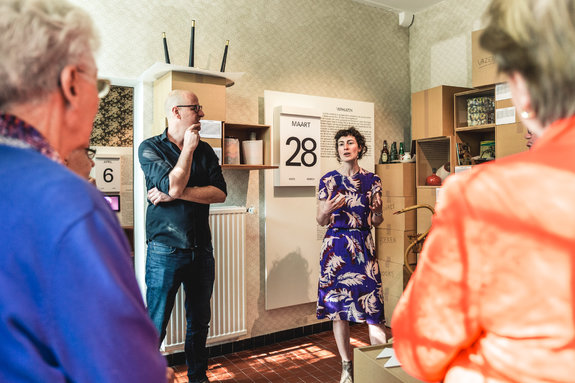
Upon request, guides can provide a guided tour of the main exhibition tailored to the needs to people with dementia, people with autism, blind or visually impaired people, as well as deaf or hearing impaired people.
Would you like to plan a customised visit to a temporary exhibition? Please contact liesa.rutsaert@stad.gent.
During a museum visit, your senses can be stimulated by smells, sounds and projections, as well as dark or bright colours in the various rooms. For some, there are too few stimuli and for others, too many.
Certain stimuli are difficult to control, which is why we offer a sensory basket to visitors.
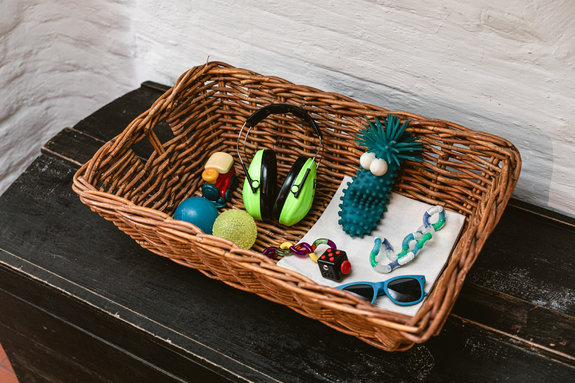
In the main exhibition of the museum there is an experience TV. It is a large touchscreen where visitors can admire the museum’s digital collection. The experience TV is adjusted in a way that people in a wheelchair can easily touch the screen.
The touchscreen is used especially for people with dementia to stimulate their personal memories or for wheelchair users who cannot visit the entire museum.
